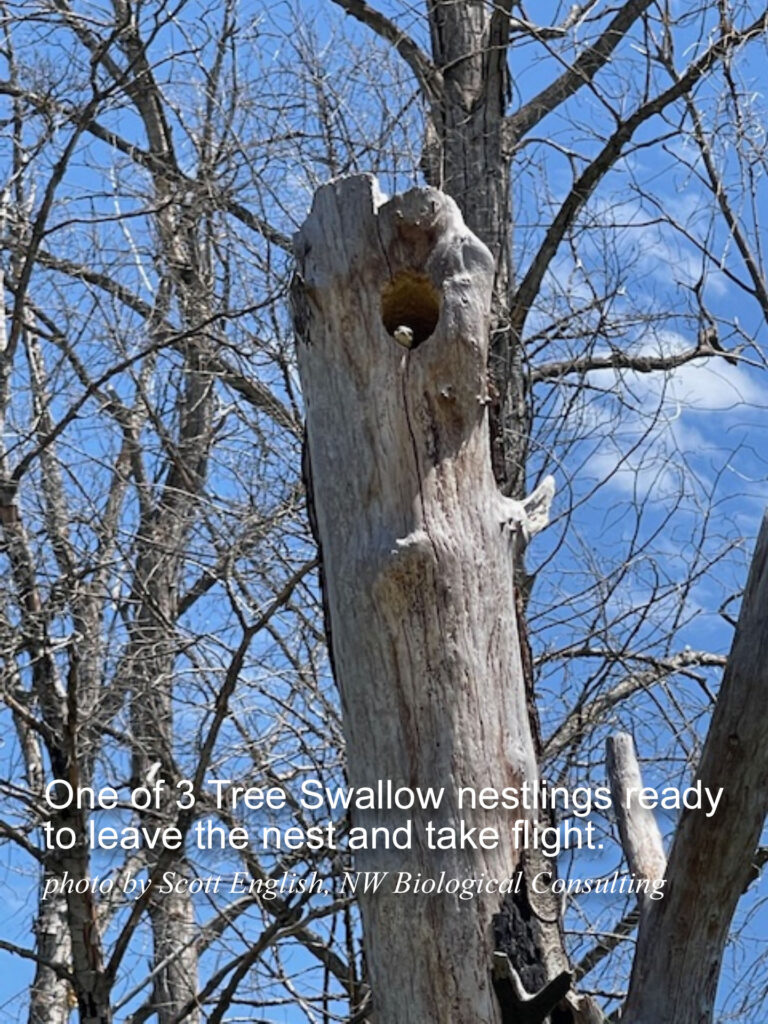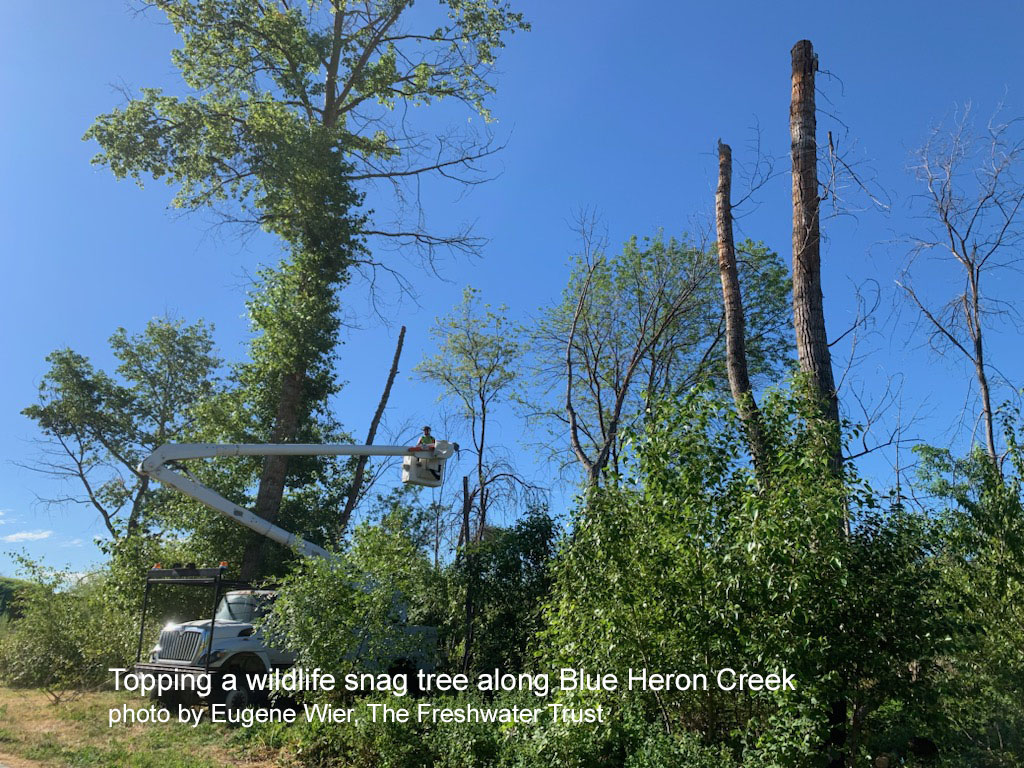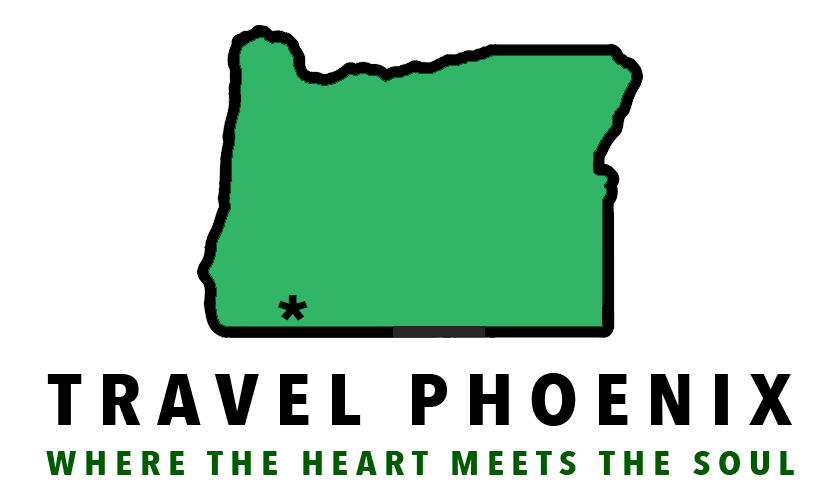By Robert Coffan and the Save The Phoenix Wetlands group
Recently, a flag was raised regarding the fuels reduction project along Bear Creek. This concerned me and our group, Save The Phoenix Wetlands, and we looked into it further…
So, how do you launch a successful program to reduce the fuel load of dead vegetation along our Greenway as we recover from the devastating Almeda fire, and at the same time protect this special riparian/wetland corridor within the most urbanized area in Southern Oregon? Dollars must be awarded or allocated. One must consider the desires of communities along the Greenway, including residents, agencies, several cities, and landowners. The needs of the displaced population must be factored in. There is a budget to live with, along with permits and contracts. And most importantly to me; there is the reason we have a Greenway in the first place; a wonderful paved path along a beautiful stream that connects our communities through tall trees, cold water springs and intricate wetland complexes, and the amazing wildlife that we share it with. Factor all of that in and it’s hard to imagine threading that needle just right.

Consider these four steps to successfully “Thread The Needle”…
We are grateful for step one; realizing something should be done in the first place and getting the funding to do it. A plan was in place. But things got off to a slow start. The clock started ticking. Work began heavy handed, and proceeded into the bird nesting season. Step two; a flag was raised. An important flag. Part of the plan was not working out. But, what to do? We could have sat back and watched, letting the thread continue to tangle up as the crew moved their way downstream through the 16 hidden cold water springs, tiny unnamed streams, and burned trees that contained nesting cavities for birds along what we call “The Miracle Mile” of Bear Creek, near Blue Heron Park in Phoenix. Not on our watch.
Step three. We called the fuels reduction team. They listened. We all met and shared. Concerned community members, the county, the project manager, the contractor, and the men on the ground sweating in the brush; we all tweaked the plan. We volunteered and worked hard out in front to identify key bird nesting trees and other areas of concern. They walked with us. They worked with us. We checked in with one another along the way. And frankly, the contractors learned a bit from us. Value added.

The fuels reduction work along the Miracle Mile is completed. Equipment was used in some areas, and hand-work-only was performed in others. In some areas, the logs and branches were dragged out and ran through a chipper, and the chips were sprayed back into the wetland complex to provide mulch and hold moisture. Take a walk down the Greenway to where the lovely, cold Blue Heron Creek crosses the bike path. You will see: remaining trees identified and mapped by biologists as important habitat for birds and mason bees, topped for public safety, some small wood piles left in place as habitat for small critters, and the surrounding wood removed for fire access trails. I see a job that may not be perfect, but is well done, implemented differently from the way it started, and likely to progress that way.
And the fourth step I mentioned? You are reading it. Sharing this story of how a community sometimes needs to be, well… a community. A community that 1) tries to get the right thing done to restore and recover from a devastating fire; 2) raises a flag when they see an issue or concern with that process; 3) then works together to meet up, tweak the plan, and respond by pitching in together. 4) A community that gets the thread untangled and threads the needle as best it can. I am proud to be a part of such a community.

